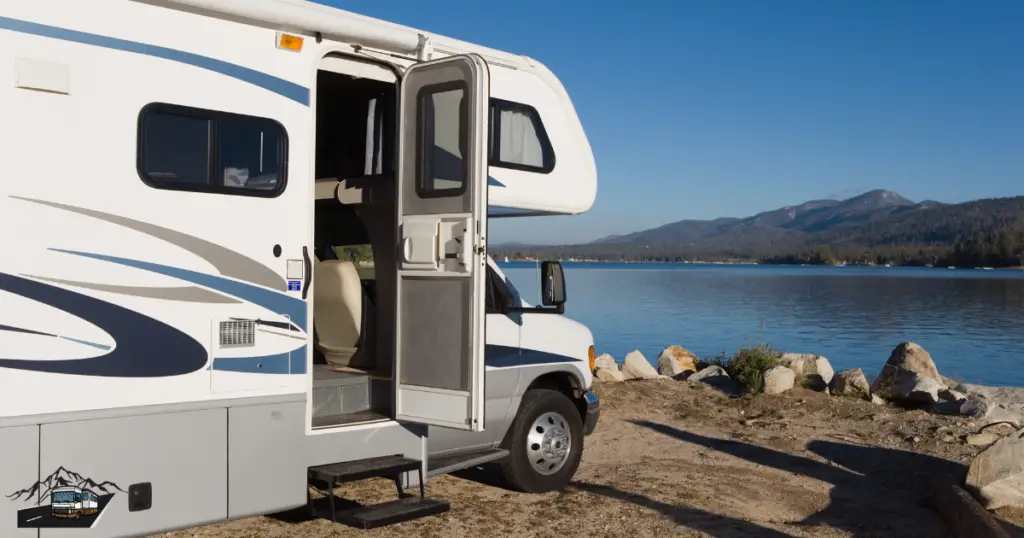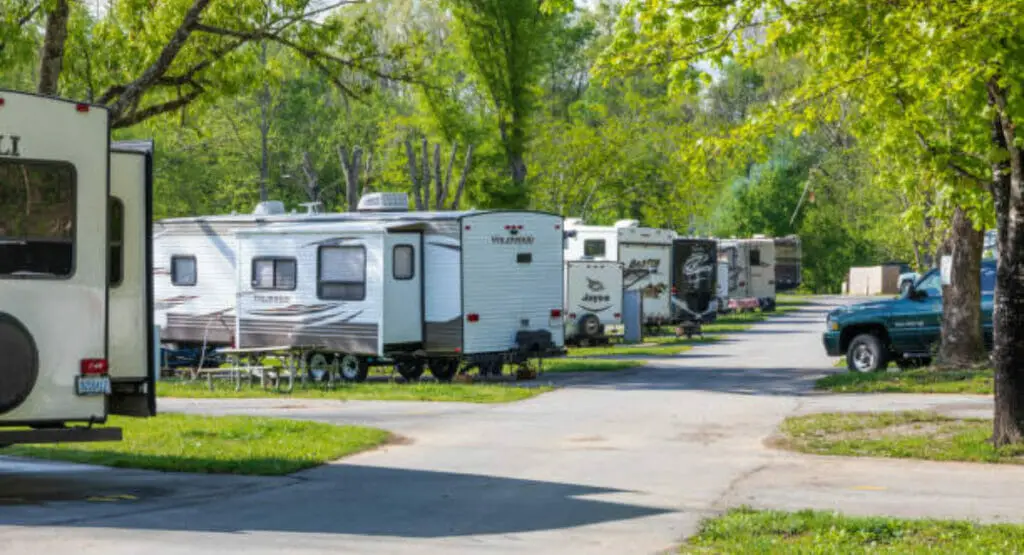Consider this: You’re on an exciting RV adventure, exploring the great outdoors when the temperature suddenly drops. The biting cold threatens to derail your journey, but don’t worry! Your RV tank heaters are here to help. Or do they? We’ll show you how to tell if your RV tank heaters are working in this comprehensive guide, ensuring you stay warm no matter where the road takes you.
Why RV Tank Heaters Matter
Before we get into the specifics of evaluating your RV tank heaters, let’s first understand why they’re so important. Tank heaters for RVs are intended to keep your water and sewage tanks from freezing in cold weather. This is critical for the continued operation of your RV, as it ensures you have access to essential amenities such as running water and functional toilets.
Imagine waking up in the middle of nowhere to find your water frozen solid or your sewage tank inoperable. That’s not the kind of adventure you expected, is it? Tank heaters that work properly can save you from these chilly and inconvenient situations.
Now, let’s get to the meat of the issue: how to tell if your RV tank heaters are working properly.
1. Consult Your RV Manual
The first step in determining whether your RV tank heaters are working is to consult the owner’s manual for your RV. The manual is your go-to resource for learning about your RV’s features and components, including the tank heaters.
Look for a section that discusses tank heaters, where they can be found, and how to use them. Some RVs include built-in tank heating systems, while others may have aftermarket additions. Understanding how your system is designed will help you evaluate its functionality.
2. Locate the Tank Heaters
RV tank heaters are typically installed near the tanks they are intended to protect. The underbelly of the RV, near the fresh water and sewage tanks, is a popular location for installation. Tank heaters for the gray water tank (which holds wastewater from sinks and showers) are also available in some RVs.
Examine the tank heaters visually once you’ve located them. They are typically made up of heating pads or strips that adhere to the surface of the tank. Examine for visible damage, such as frayed wires or loose connections. Any physical damage could indicate a heating system problem.
3. Examine the Controls
If your RV has tank heaters, they will most likely be controlled by a control panel or switch. Locate the controls and ensure they are operational. Turn on the tank heaters and listen for any strange sounds, such as buzzing or clicking, that could indicate a problem.
Check to see if the control panel displays the tank’s current temperature. Temperature sensors on most RV tank heaters monitor the tank’s condition. If the displayed temperature matches the actual temperature of the tank, your tank heaters are working properly.
4. Keep an eye on the tank’s temperature.
Monitoring the tank temperature is the simplest way to determine if your RV tank heaters are working. You can do this with an infrared thermometer or a temperature probe designed specifically for this purpose.
Here’s how to check the tank temperature step by step:
1. Empty the Tank:
Make sure the tank is empty or only has a small amount of liquid in it. Because water or sewage acts as an insulator, this ensures an accurate reading.
2. Turn Off Tank Heaters:
If the tank heaters are still on, turn them off.
3. Temperature:
Using a thermometer or temperature probe, measure the temperature of the tank at various points. To ensure even heating, take readings from various locations.
4. Turn on Tank Heaters:
Now, turn on the tank heaters and wait for a few minutes to an hour, depending on the size of the tank and the weather.
5. Re-Measure the Temperature:
After the heating period, take temperature readings again from the same locations. If the tank heaters are working correctly, you should observe a noticeable increase in temperature.
If the tank temperature remains the same after the heating cycle, it’s a strong indication that your RV tank heaters may not be functioning properly. In this case, it’s advisable to seek professional RV repair services to diagnose and fix the issue
5. Insulate and Use Skirting
While it is critical to inspect your RV tank heaters, it is also critical to take preventive measures to keep your tanks from freezing in the first place. Insulating your tanks and using skirting around the base of your RV are two effective ways to accomplish this.
Insulating your tanks entails wrapping them in insulation material to keep the heat inside. Specialized tank insulating blankets are available for this purpose.
Skirting, on the other hand, forms a barrier around the bottom of your RV, keeping cold air out of the tanks. When combined with tank heaters, it can significantly improve your RV’s cold-weather capabilities.
Conclusion
During your adventures, your RV tank heaters will protect you from freezing temperatures. It is critical that they are in good working order for a comfortable and trouble-free journey. Remember to consult your RV’s owner’s manual, inspect the tank heaters, check the controls, and regularly monitor the tank temperature.
You can be confident that your RV tank heaters will keep you warm and cozy no matter where your road trip takes you if you follow these steps and take preventive measures like insulation and skirting. So, embrace the cold weather, get outside, and let your trusty tank heaters do their thing!
You’ll be well-prepared for your next RV adventure, whether it’s a winter wonderland or a crisp autumn getaway if you follow these tips. Travel safely!



